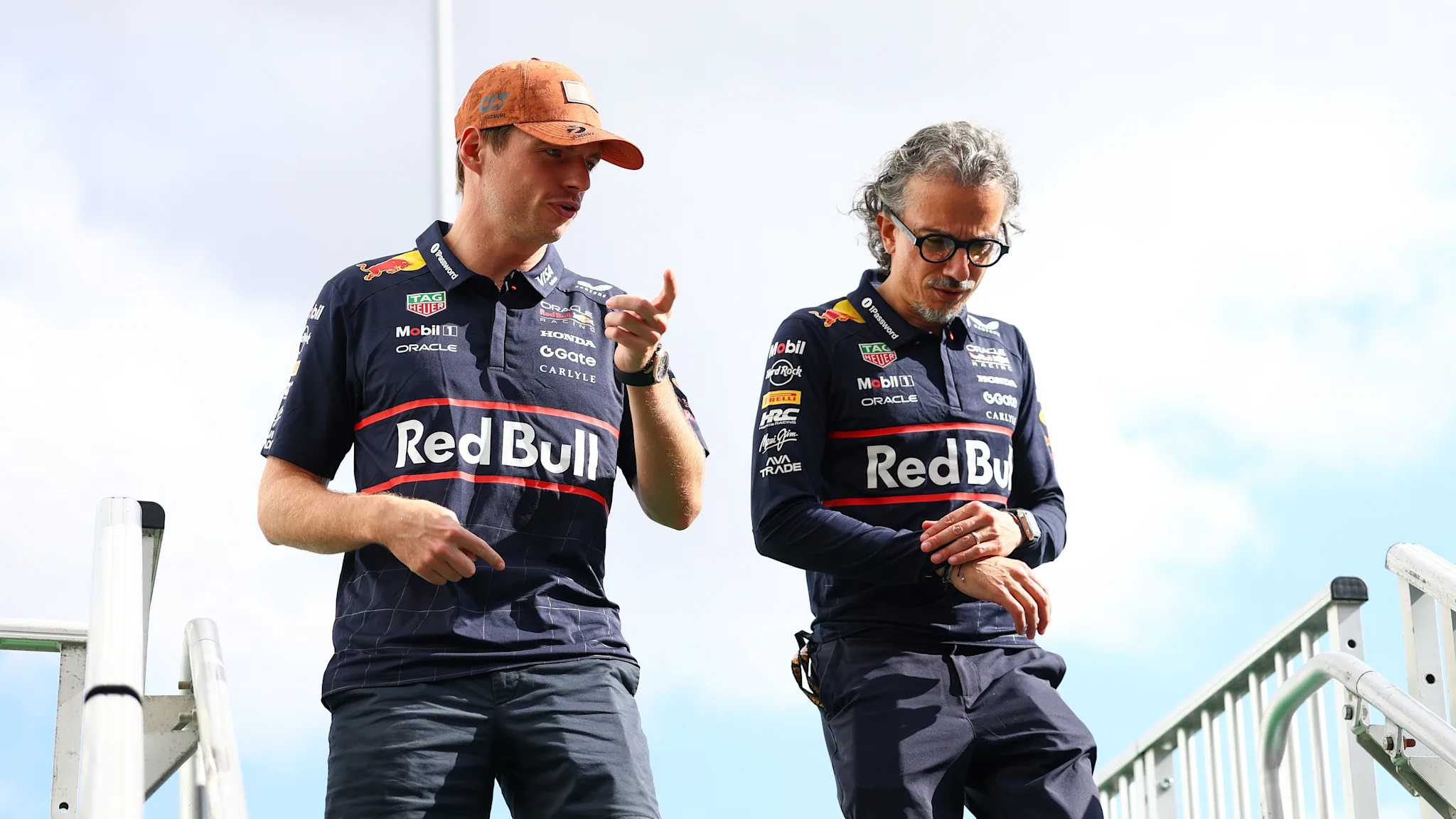Laurent Mekies believes Max Verstappen has shown an “even more extraordinary” side over the course of the 2025 F1 season, underpinned by a “historical comeback” in the Drivers’ Championship.
Verstappen, winner of the last four world…

Laurent Mekies believes Max Verstappen has shown an “even more extraordinary” side over the course of the 2025 F1 season, underpinned by a “historical comeback” in the Drivers’ Championship.
Verstappen, winner of the last four world…